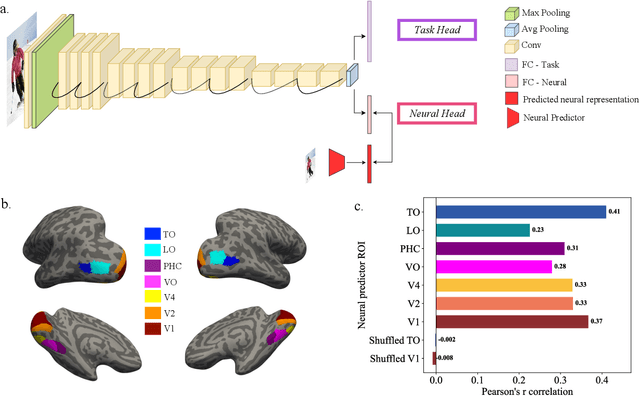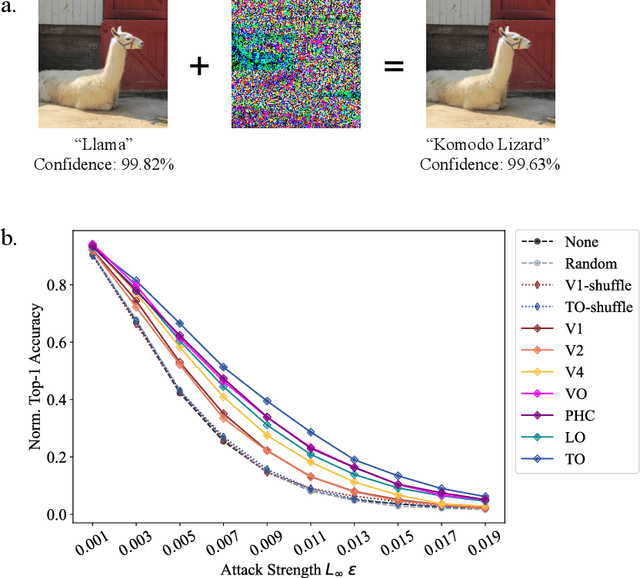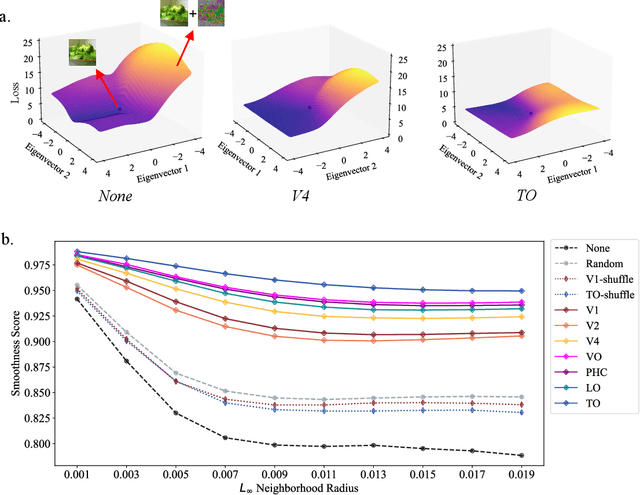Zhenan Shao
Leveraging the Human Ventral Visual Stream to Improve Neural Network Robustness
May 04, 2024



Abstract:Human object recognition exhibits remarkable resilience in cluttered and dynamic visual environments. In contrast, despite their unparalleled performance across numerous visual tasks, Deep Neural Networks (DNNs) remain far less robust than humans, showing, for example, a surprising susceptibility to adversarial attacks involving image perturbations that are (almost) imperceptible to humans. Human object recognition likely owes its robustness, in part, to the increasingly resilient representations that emerge along the hierarchy of the ventral visual cortex. Here we show that DNNs, when guided by neural representations from a hierarchical sequence of regions in the human ventral visual stream, display increasing robustness to adversarial attacks. These neural-guided models also exhibit a gradual shift towards more human-like decision-making patterns and develop hierarchically smoother decision surfaces. Importantly, the resulting representational spaces differ in important ways from those produced by conventional smoothing methods, suggesting that such neural-guidance may provide previously unexplored robustness solutions. Our findings support the gradual emergence of human robustness along the ventral visual hierarchy and suggest that the key to DNN robustness may lie in increasing emulation of the human brain.
 Add to Chrome
Add to Chrome Add to Firefox
Add to Firefox Add to Edge
Add to Edge